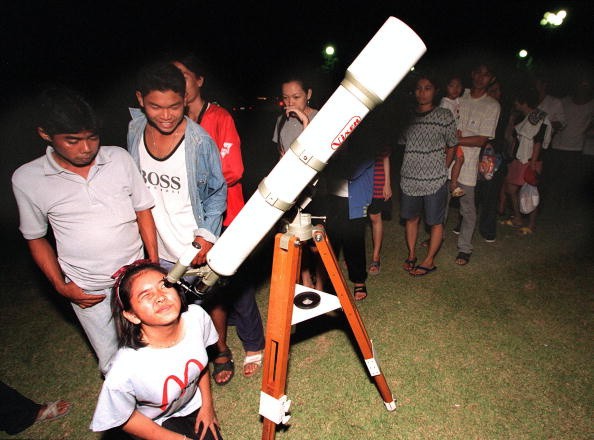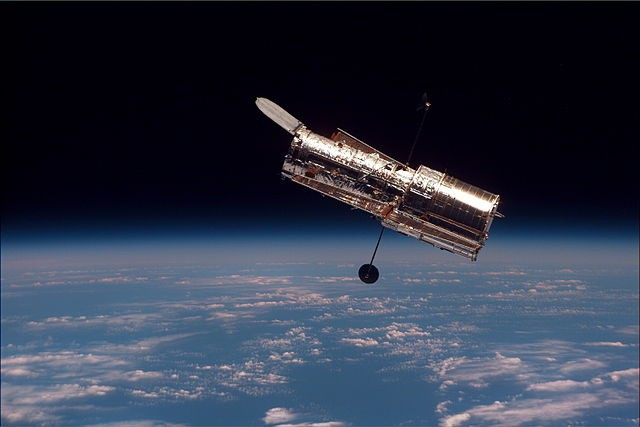According to research, astronomers may not be able to build large, complex, power-hungry observatories in the future if they want to satisfy greenhouse gas emission objectives.

The findings were reported in Nature Astronomy.
Astronomic Study
Ground- and space-based telescopes with large life-cycle carbon footprints, such as the James Webb Space Telescope, which was recently launched, and the Square Kilometer Array Observatory (SKAO), which is currently being built in Australia and South Africa, contribute to astronomy's overall greenhouse gas emissions.
According to a new study by the Institute for Astrophysics and Planetology Research (IRAP) in Toulouse, France, its cutting-edge astronomical observatories emit around 22 million tons [20 million metric tonnes] of carbon dioxide equivalent throughout their lifetime. The authors claimed in a press conference on March 17 that this figure is comparable to the yearly carbon emissions of certain tiny European nations, such as Estonia, Croatia, or Bulgaria.
Emission Study
According to a new study by the Institute for Astrophysics and Planetology Research (IRAP) in Toulouse, France, its cutting-edge astronomical observatories emit around 22 million tons [20 million metric tonnes] of carbon dioxide equivalent throughout their lifetime. The authors claimed in a press conference on March 17 that this figure is comparable to the yearly carbon emissions of certain tiny European nations, such as Estonia, Croatia, or Bulgaria.
This figure includes carbon dioxide emissions from the building and production phases and greenhouse gas emissions during the observatories' activities. The researchers also took the carbon footprint of sending space observatories such as Webb and the Hubble Orbit Telescope to space.
According to the study's experts, the world's astronomical research facilities generate 1.2 million tonnes of carbon dioxide per year, nearly five times higher than the yearly carbon footprint of the world's astronomers due to flying.
No research has ever attempted to compute the carbon emissions related to the building and operation of all the telescopes and space missions that astronomers employ to conduct observations, said Annie Hughes, an IRAP astronomer and one of the paper's authors a press briefing. As a result, the findings in our article represent the first quantitative assessment of the carbon footprint associated with such infrastructures, which is substantial, far greater than all other sources of our professional carbon emissions put together.
The above-mentioned Webb and SKAO, for example, will each emit at least 330,000 tons [300,000 metric tons] of carbon dioxide throughout their lifetimes, making them the most carbon-intensive of all the telescopes and observatories studied according to the researchers.
EIO Method
The astronomers employed a method called economic input-output (EIO) analysis to calculate the carbon footprint, which, they concede, only gives a basic understanding of the emissions emitted by such facilities. According to Jürgen Knödlseder, an IRAP astronomer and principal author of the paper, the technique assumes that greenhouse gas emissions from astronomical research facilities are proportionate to their prices or weight.
According to the researchers, the Webb and SKAO telescopes, for example, will release at least 330,000 tons [300,000 metric tons] of carbon dioxide during their lives, making them the most carbon-intensive of all the telescopes and observatories assessed.
The researchers concede that this cost-based estimate is only correct by order of magnitude and comes with a significant 80 percent uncertainty. The life-cycle assessment would be a more precise technique of calculating the carbon footprint of astronomical research facilities, but it would require detailed data on each project. However, according to the researchers, this information is frequently unavailable due to industrial confidentiality concerns.
Emission Goals

Regardless of the accuracy of the calculation, the astronomical community would need to reduce the carbon footprint of its research facilities by up to a factor of 20 if it wants to meet global emission reduction objectives, according to the scientists.
They have a worldwide reduction objective for mankind, which is to reduce greenhouse gas emissions by around half from 2010 levels by 2030, reaching net zero around 2050, according to Luigi Tibaldo, a co-author and IRAP astronomer, who spoke at the press conference. This is an essential condition to keep the average global temperature increase below 1.5 degrees Celsius [2.7 degrees Fahrenheit], set to keep our planet livable. This will need a significant decrease in all activities, including research and astronomy.
Related Article : 200 Health Journal Calls Out World Leaders to Address How Climate Change Causes Health Hazard
For more environmental news, don't forget to follow Nature World News!
© 2025 NatureWorldNews.com All rights reserved. Do not reproduce without permission.





